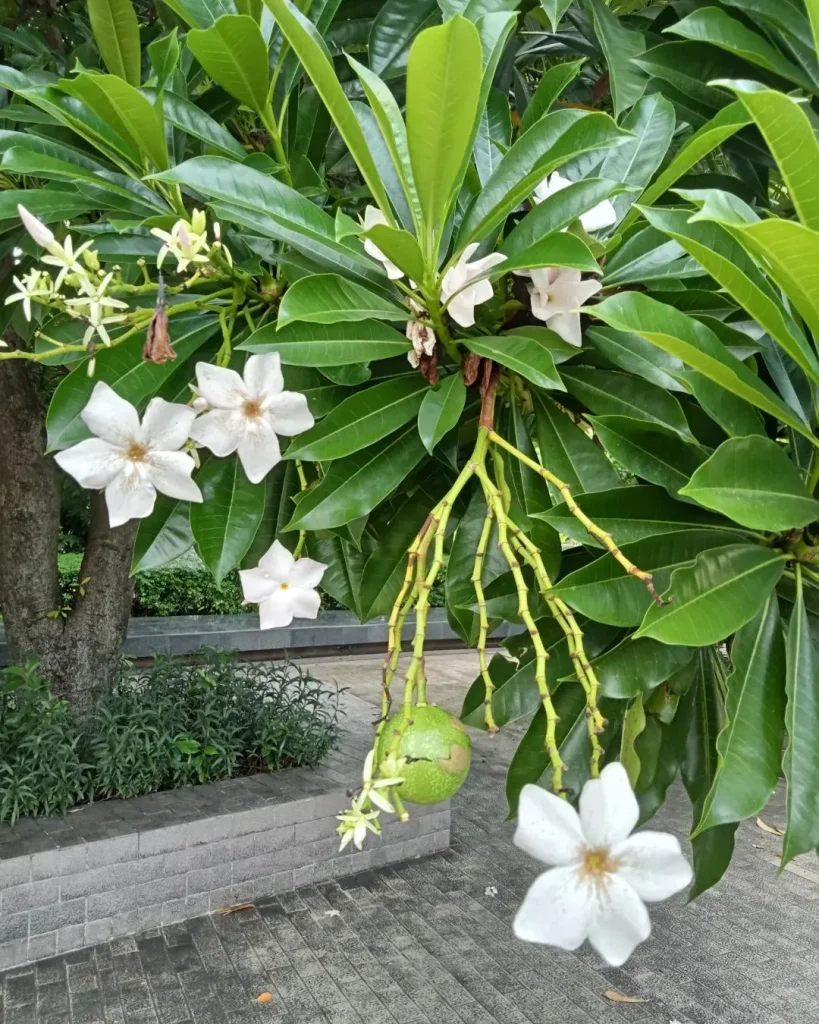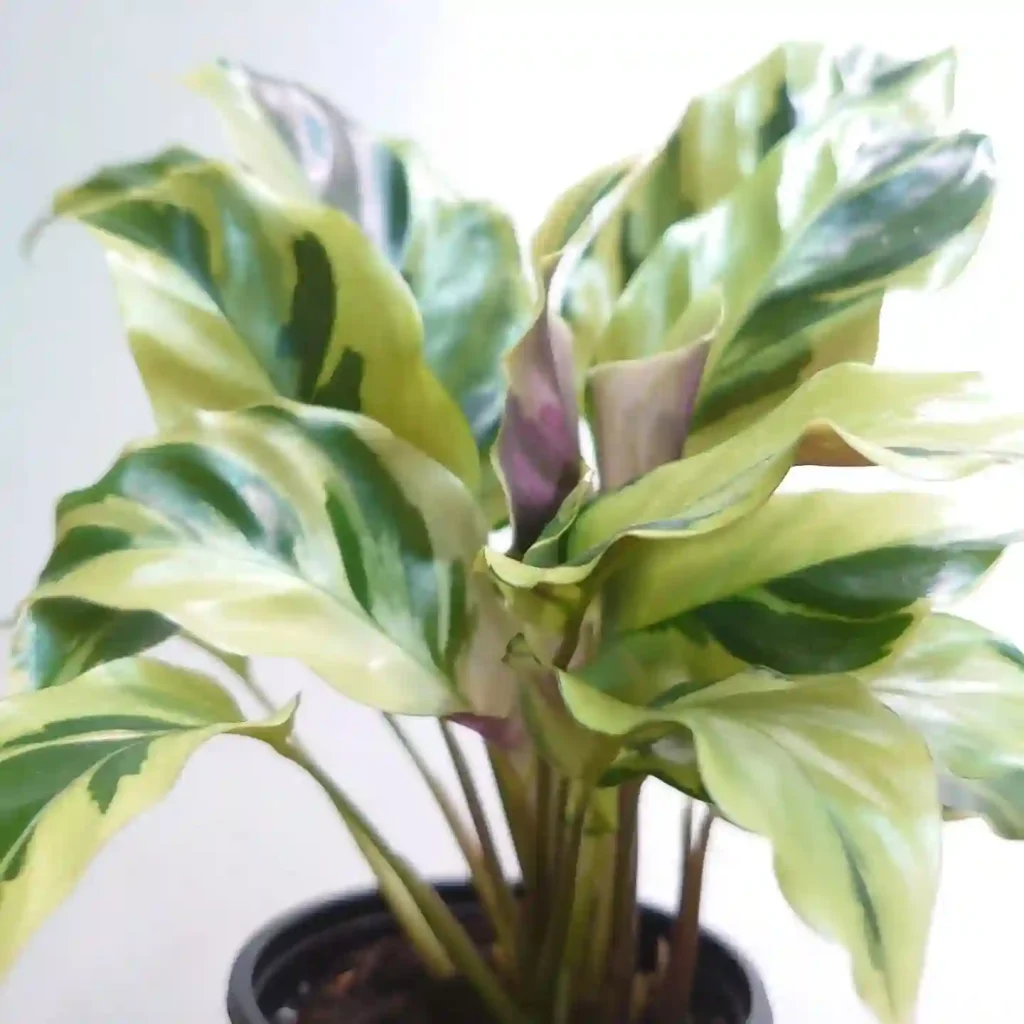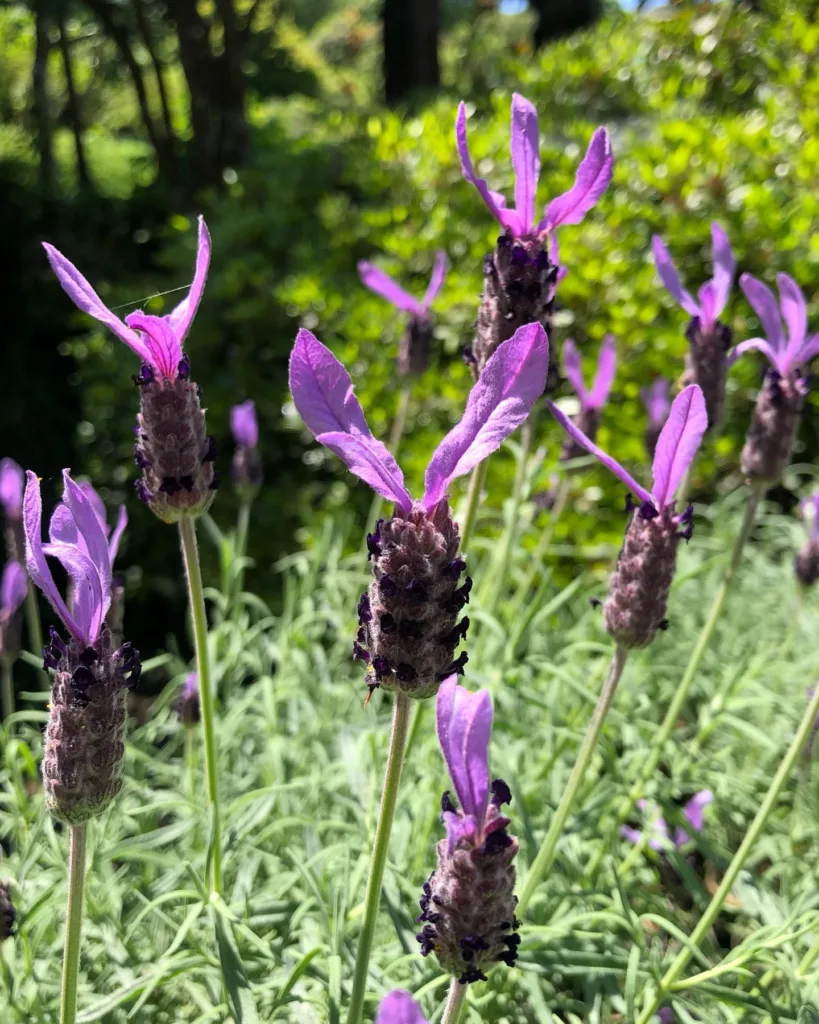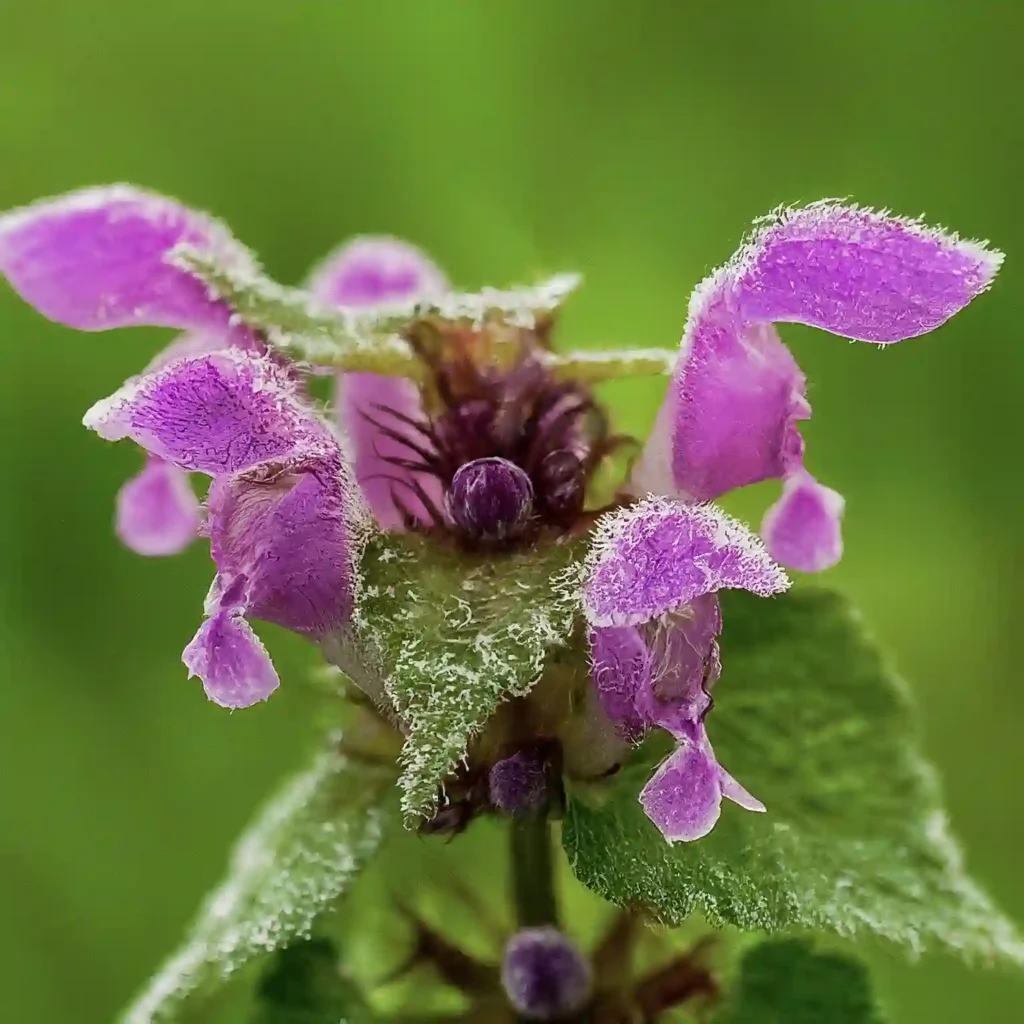
FAQs About Love Lies Bleeding
If you’re a gardening enthusiast like me, you’ve likely come across Love Lies Bleeding, also known as Amaranthus Caudatus. This stunning plant, with its cascading red flowers, is a favorite for adding a dramatic touch to any garden. Here’s a comprehensive look at some of the most frequently asked questions about Love Lies Bleeding, based on my own experiences and observations.
Plant Family: 184 Genera in Amaranthaceae
What Do Love Lies Bleeding Seedlings Look Like?
When you first sow Love Lies Bleeding seeds, the seedlings are quite modest. They start as small, delicate sprouts with slender, elongated leaves. As they grow, these seedlings develop into more robust plants with the distinctive, drooping flower clusters. Initially, you might find the seedlings a bit unremarkable, but their transformation into the iconic trailing blooms is worth the wait.
Can You Eat Love Lies Bleeding?
Yes, you can eat Love Lies Bleeding! The plant is edible, and its seeds are particularly nutritious. They are rich in protein, fiber, and essential minerals. You can use the seeds in various recipes, much like quinoa. The leaves are also edible and can be used in salads or cooked like spinach. However, I recommend ensuring that the plant hasn’t been treated with pesticides before consuming it.
Does Love Lies Bleeding Come Back Every Year?
Love Lies Bleeding is typically grown as an annual. In most climates, it won’t survive the winter and needs to be replanted each year. However, in warmer regions, it might self-seed and come back the following year. I’ve found that in my garden, Love Lies Bleeding often reappears from self-seeding, but it’s not guaranteed.
Does Love Lies Bleeding Self-Seed?
Yes, Love Lies Bleeding does have the ability to self-seed. If you let the plant go to seed, you might notice new sprouts emerging in the spring. These seedlings are often weaker than those you start yourself but can still add a lovely touch to your garden.
How Tall Does Love Lies Bleeding Grow?
Love Lies Bleeding can grow quite tall, reaching up to 4 feet in height. The plant’s dramatic flower clusters can hang down, creating a beautiful cascading effect. In my garden, I’ve seen them grow even taller with the right conditions and ample space.
How to Collect Love Lies Bleeding Seeds?
Collecting Love Lies Bleeding seeds is a straightforward process. Allow the flower spikes to mature and dry on the plant. Once the flowers have dried and turned brown, cut the spikes and shake them over a container to release the seeds. Be sure to wear gloves as the seeds can be tiny and a bit fiddly.
How to Dry Love Lies Bleeding?
To dry Love Lies Bleeding, you should cut the flower spikes when they are still a bit green. Hang them upside down in a well-ventilated area out of direct sunlight. Once they are thoroughly dry, you can remove the seeds from the spikes. Drying them properly will help preserve their viability for future planting.
How to Grow Love Lies Bleeding?
Growing Love Lies Bleeding is relatively simple. Start by sowing the seeds directly in the garden after the last frost, or indoors 6-8 weeks before the last frost. Plant the seeds about ¼ inch deep and keep the soil consistently moist until germination. The plants prefer full sun and well-drained soil. Once established, they can tolerate dry conditions but will perform best with regular watering.
Is Love Lies Bleeding Invasive?
Love Lies Bleeding is not typically considered invasive. It is, however, a vigorous grower and can spread through self-seeding. In some areas, it may become somewhat prolific if not managed, but it generally doesn’t pose a significant risk to native plants.
What to Plant With Love Lies Bleeding?
Love Lies Bleeding pairs well with other plants that complement its dramatic appearance. Consider combining it with taller, upright plants like sunflowers or zinnias. It also looks stunning alongside plants with contrasting colors, such as yellow or white flowers, to highlight its deep red tones.
Is Love Lies Bleeding Toxic?
No, Love Lies Bleeding is not toxic. It’s safe to grow around children and pets. However, as with any plant, it’s a good idea to ensure that it’s not consumed in excessive quantities, especially the leaves and flowers.
Benefits of Growing Love Lies Bleeding
Aside from its visual appeal, Love Lies Bleeding offers several benefits. Its seeds are highly nutritious, making it a great addition to your garden for both beauty and practical use. The plant also attracts pollinators like bees and butterflies, which can help boost the health of your garden ecosystem.
Common Problems
One common issue with Love Lies Bleeding is its susceptibility to pests like aphids and spider mites. Regularly inspect the plants and treat them with appropriate insecticidal soap or neem oil if needed. Another issue is fungal diseases, particularly in humid conditions, so ensure good air circulation around the plants.
Compare With Other Plants
Love Lies Bleeding can be compared to other dramatic plants like Amaranthus ‘Red Spike’ or ‘Hopi Red Dye.’ While they share some similarities in appearance, Love Lies Bleeding is distinguished by its long, cascading flower clusters. The ‘Hopi Red Dye’ variety has more upright flowers, which might be preferable if you’re looking for a different aesthetic.
In conclusion, Love Lies Bleeding is a beautiful and versatile plant that can add a unique touch to any garden. With its dramatic blooms, nutritional seeds, and ease of growth, it’s a great choice for gardeners looking to make a statement. Just be mindful of its self-seeding tendencies and manage it accordingly to keep it from becoming too prolific.
If i die, water my plants!



